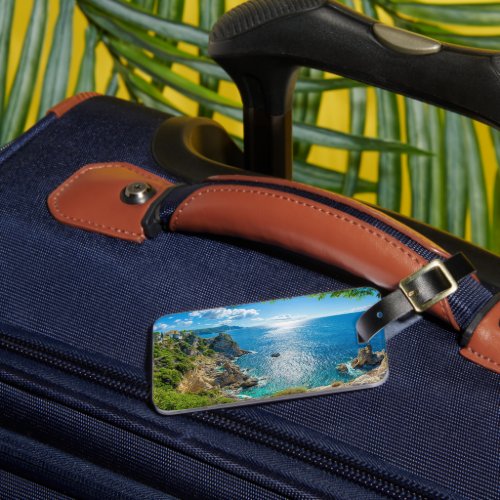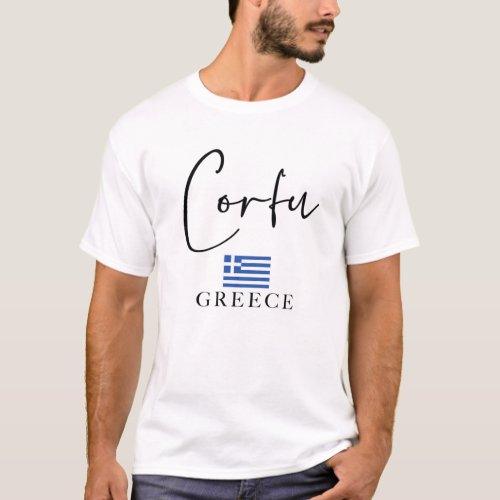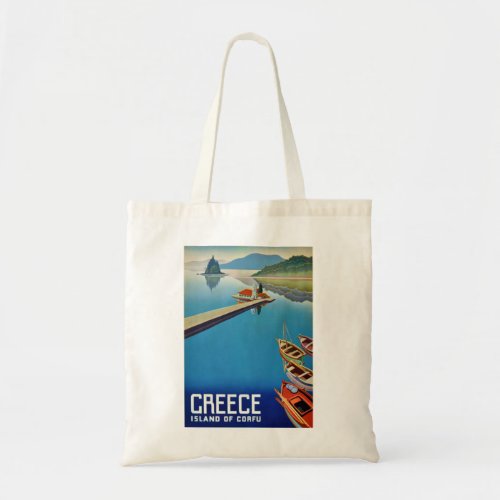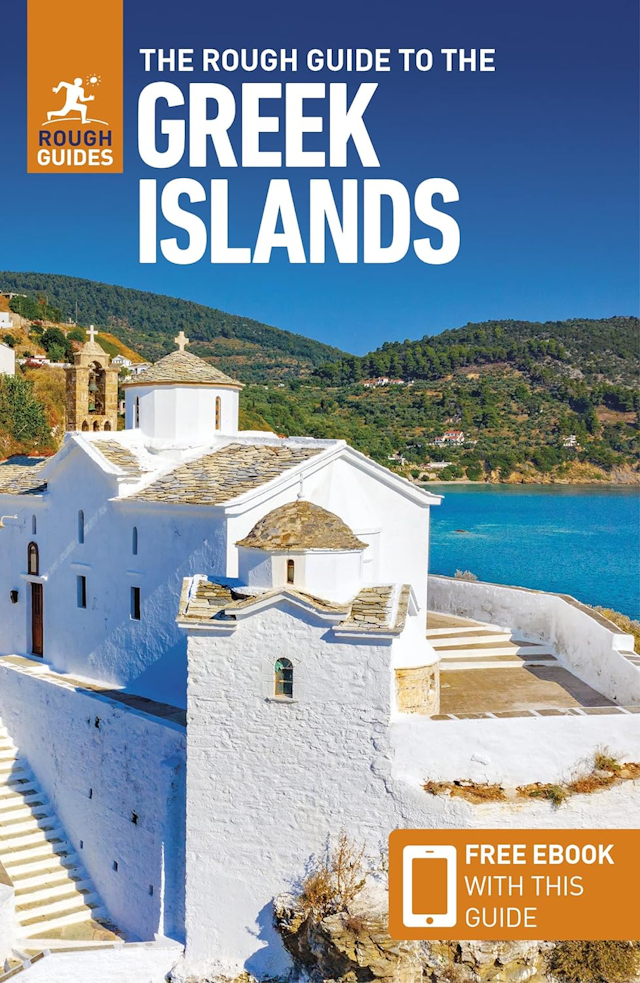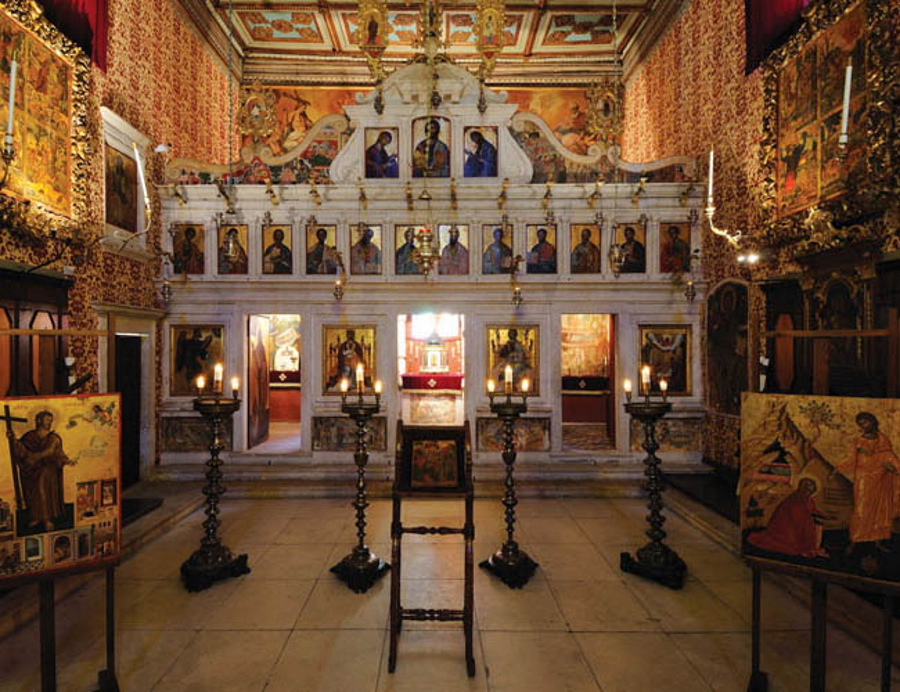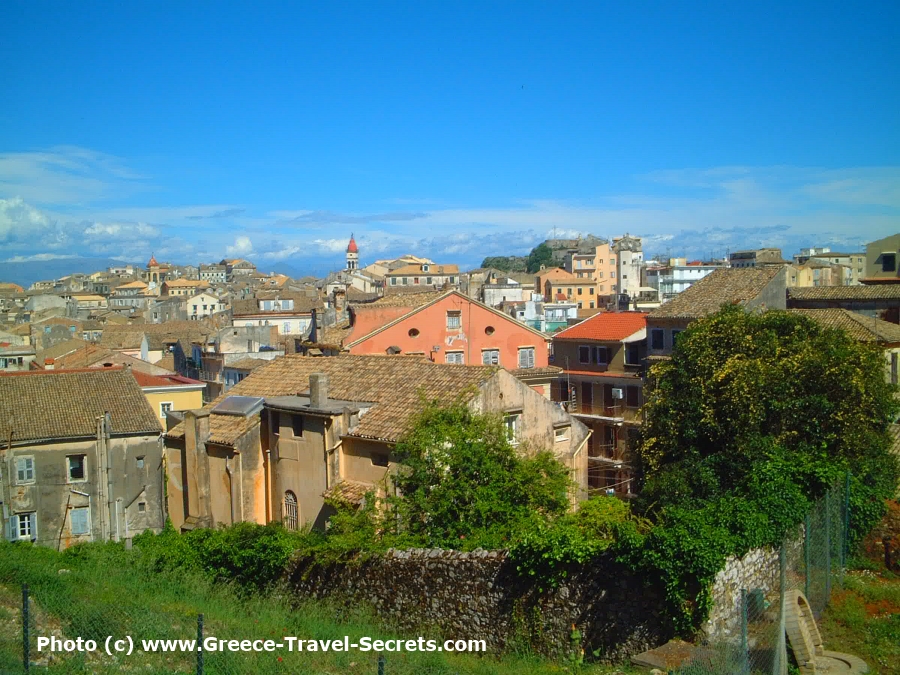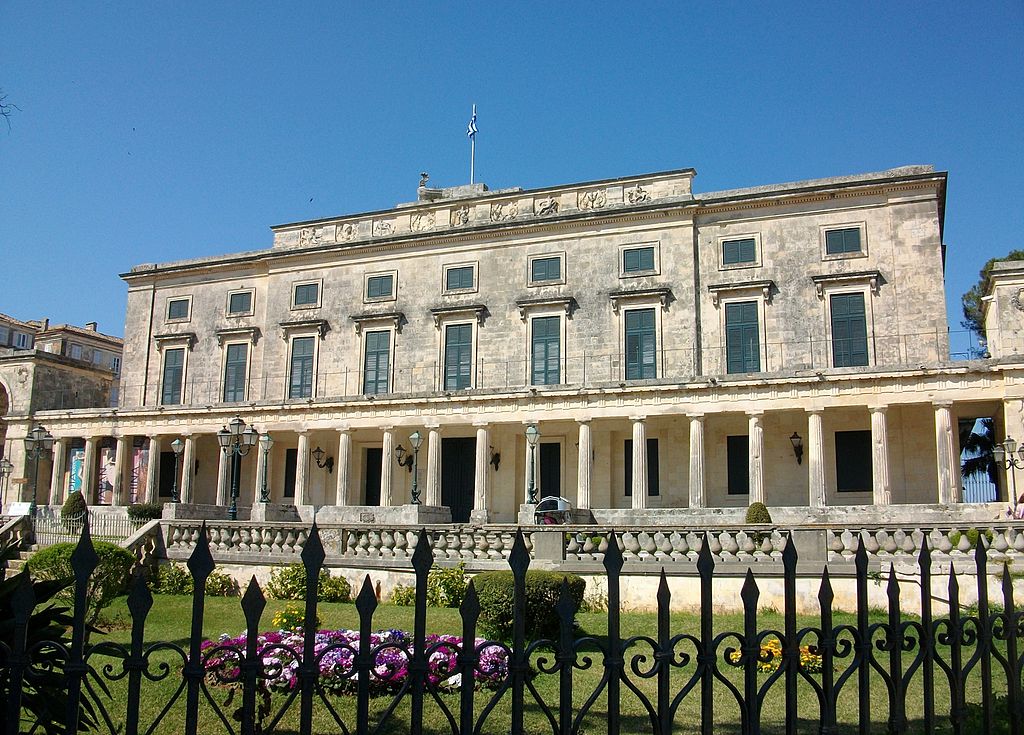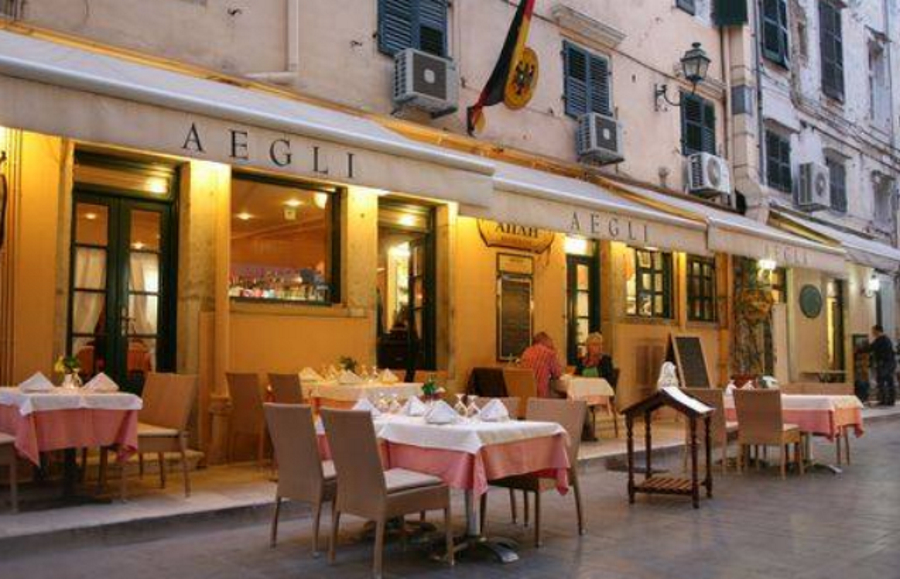- HOME
- Ionian Islands
- Corfu
- Corfu Town
- Corfu Town Archaeological Museum
Corfu Town Archaeological Museum
Corfu Town's Archaeological Museum holds two of the finest treasures of ancient Greece, the Gorgon pediment and the Lion of Menekrates.

Corfu’s archaeological museum may be small but it holds two of the finest treasures of ancient Greece. The Gorgon pediment is thought to be the country’s oldest surviving monumental sculpture, while the lovely Lion of Menekrates is among the earliest stone animal carvings. Although Corfu may have few remaining archaeological sites that can be seen, these relics attest to the richness of its ancient past.
Most of the exhibits, brightly lit and well-displayed, are in six rooms on the second floor. At the top of the stairs, the vestibule contains grave monuments from an ancient cemetery in Garitsa, including a 6th century BC burial pithos (urn) with the bones of a child.

Lion of Menekrates
The central room holds the exquisite Lion of Menekrates. The lifelike, crouching stone figure was carved in the late 7th century BC by an unknown Corinthian artist. It was found near the Tomb of Menekrates in 1843, and is thought to have guarded the grave of a warrior.
Some Cool Corfu Souvenirs
The Gorgon Room
Behind a dividing wall, the Gorgon room is dominated by the enormous west pediment from the Doric temple of Artemis (585 BC) at Palaiópolis measuring 17 meters (56 feet) long and 3 meters (10 feet) high. The frightening figure of Medusa with bulging eyes and snakes hissing at her head and waist practically pops out of the frame. Beside her are two fierce panthers and her sons Pegasus and Chrysaor. The gorgon haunts you long after you leave the room.
Top Tip
Go into the central room of the museum first, and around the wall behind the Lion of Menekrates, to get the best first view of the stunning Gorgon frieze.
The Gorgon
According to Greek mythology, the gorgons were three hideous female creatures with fangs, bronze wings and live snakes instead of hair. Medusa had once been a beautiful maiden, but when she boasted that she was lovelier than Athena, the angry goddess turned her into a gruesome monster. Because of her appearance, she had the power to turn anyone who gazed at her into stone.
Unlike her sisters, Medusa was mortal. She was killed by Perseus, who cut off her head while looking at her reflection in a mirrored shield. Her two sons, the winged horse Pegasus and the hero Chrysaor, sprang from the blood which spurted from her neck.
Mon Repos Room
The adjoining Mon Repos room features objects excavated from the Mon Repos estate on the Kanóni Peninsula. They include some splendid small objects, such as the Little Lion tripod decoration, the bronze statuette known as Lakon Komastis, and a four-horse chariot and charioteer. The remaining rooms contain pottery, statues, artefacts and the museum’s large numismatic, or coin collection.
Hidden Gem
In the Apollo Parnopios room, look for the display of bronze medical instruments in a case along the outside wall – and use your imagination!
Latest Posts
-
The Lesser-Known Traditions of Greek Easter
Step off the beaten path this spring and discover the enchanting — and often surprising — Easter traditions found across Greece. -
Easter in the Mystical Castle of Monemvasia
In the castle town of Monemvasia, with its dramatic medieval backdrop and sea views, Easter is a deeply spiritual and atmospheric experience. -
Sifnos: Greece’s Hidden Culinary Star on the Rise
Sifnos, a Cycladic island, is gaining fame for its rich culinary heritage, especially the beloved melopita honey-cheese tart. -
Easter in Leonidio: A Tapestry of Light, Culture and Cliffs
In Leonidio, Easter comes alive with handmade hot air balloons in the sky and lanterns made from bitter oranges in the streets. -
April 9 Strike in Greece to Impact Public Transport, Ferries and Air Travel
Transportation and travel across Greece will face disruptions on Wednesday, April 9, as public transport, ferry and aviation workers join a nationwide strike called by Greek labor unions. -
Ancient Theater of Lefkada Brought Fully to Light Following Systematic Excavation
The Greek Culture Ministry has announced that the first ancient theater ever identified in the Ionian Islands has recently been brought fully to light on Lefkada, revealing an impressive monument that… -
Seven Greek Traditions Recognized as Intangible Cultural Heritage
From traditional barrel-making to age-old folk dances, seven new entries on Greece’s National Inventory preserve the country’s living heritage for future generations. -
Greek Air Traffic Controllers to Hold 24-hour Strike, Disrupting Flights on April 9
The Hellenic Air Traffic Controllers Union have announced a 24-hour strike for Wednesday, April 9, in response to the protest called by the Civil Servants’ Confederation (ADEDY). The strike is being h… -
Ten Best Budget Hotels on Santorini
Greece Travel Secrets picks the ten best budget hotels on Santorini, some with caldera views, some near beaches and some close to the heart of Fira. -
No Ferries in Greece on April 9 as Seamen Join Nationwide Strike
The Pan-Hellenic Seamen’s Federation (PNO) has announced its participation in the 24-hour strike called by the General Confederation of Greek Labor (GSEE) on Wednesday, April 9. The strike, which will…
